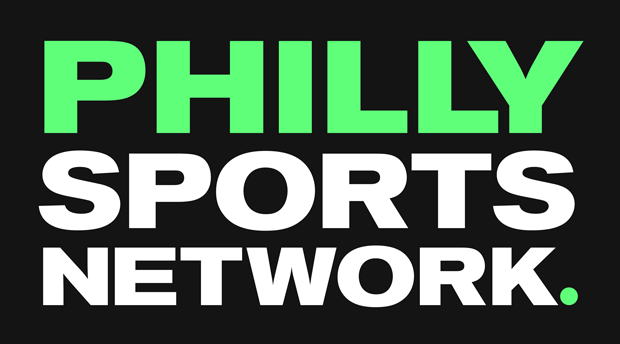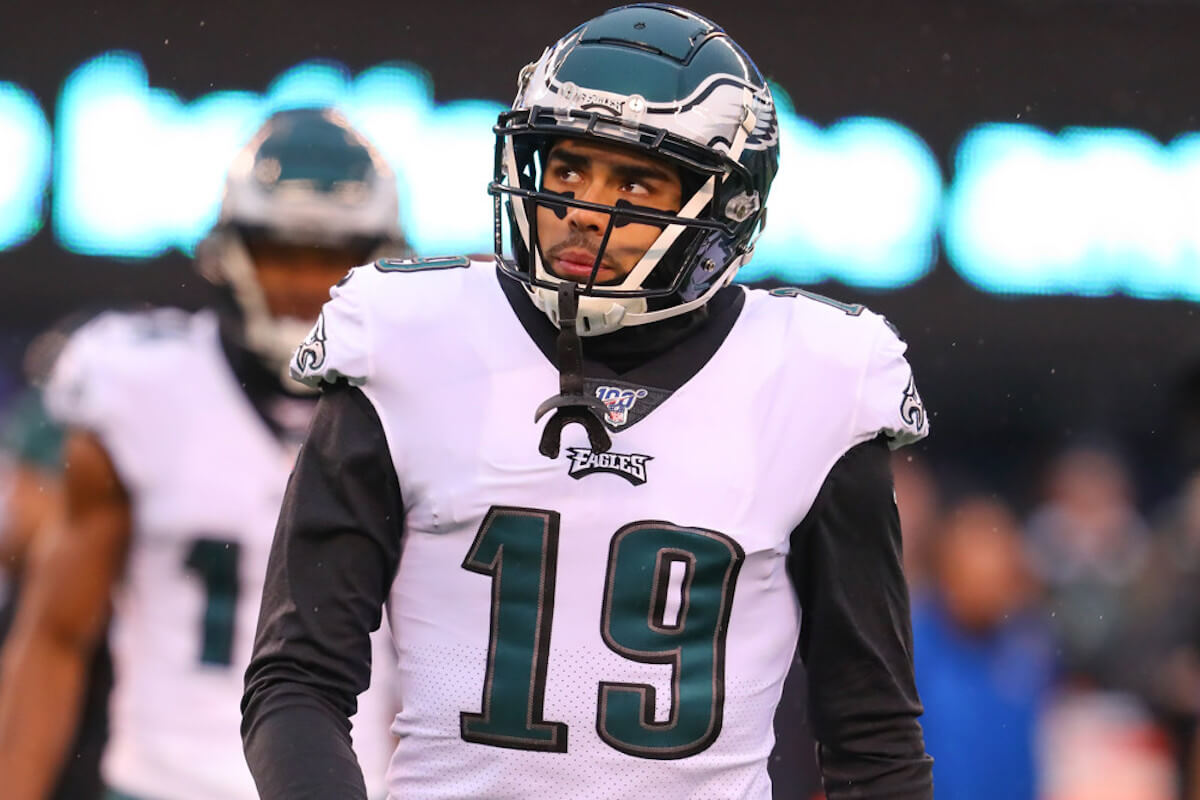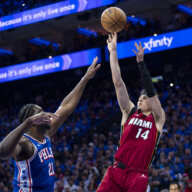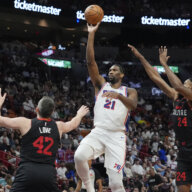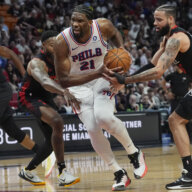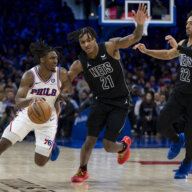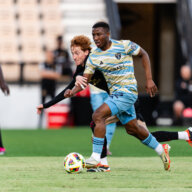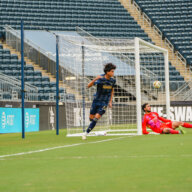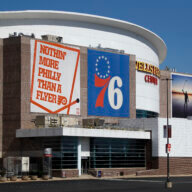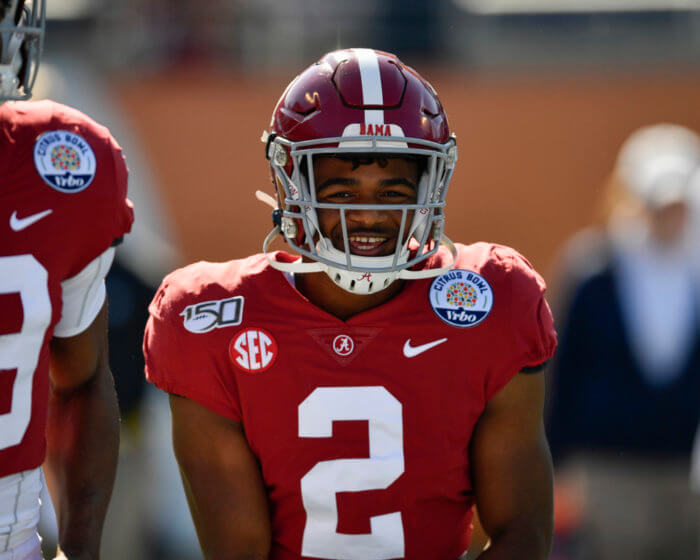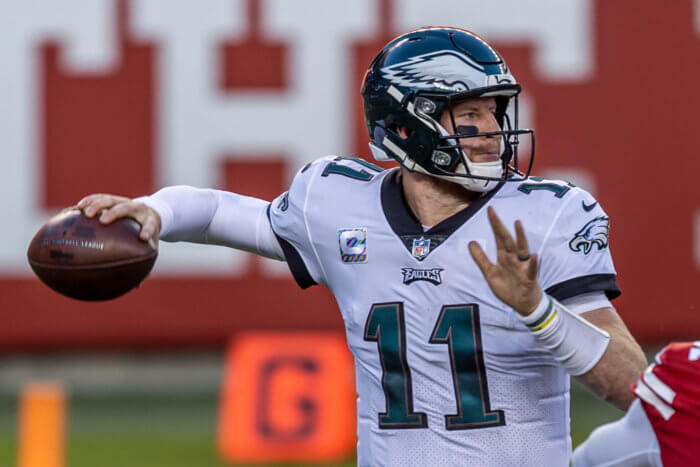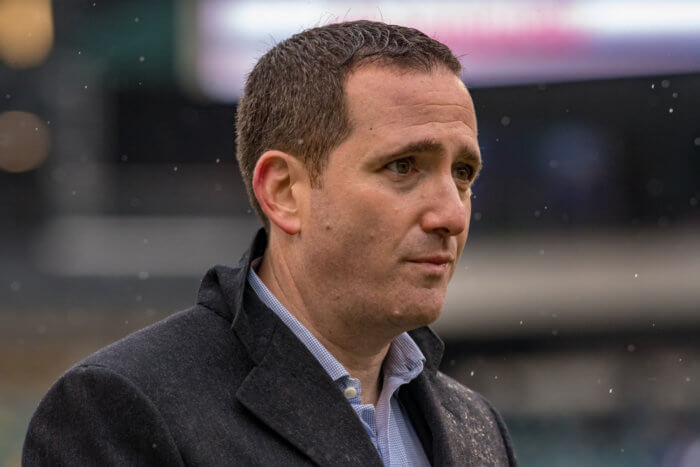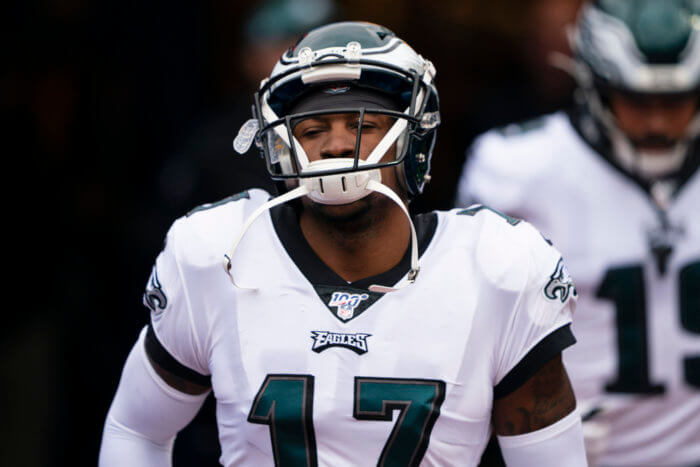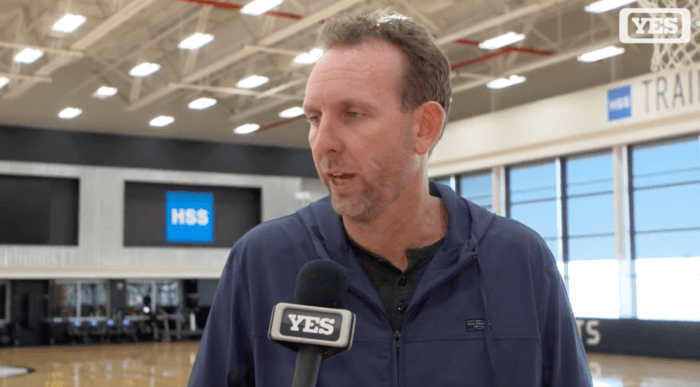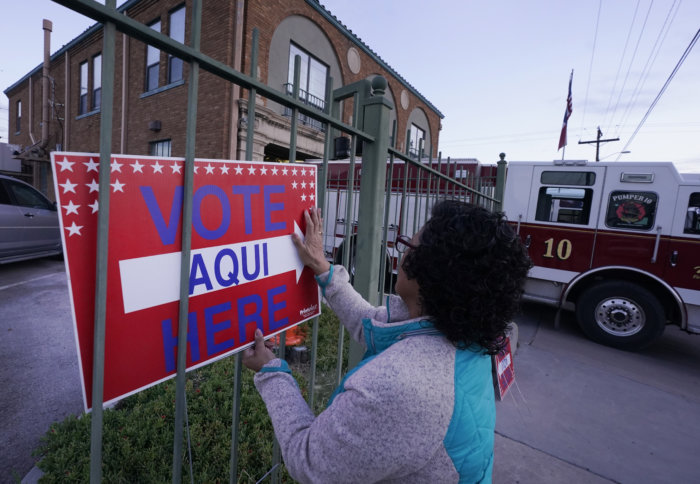The Eagles made a big decision on Monday afternoon in parting ways with Super Bowl-winning Head Coach, Doug Pederson. Whether or not that decision was right is irrelevant. What matters now is that the team has to fully commit to the path taken in order to ensure that previous demons no longer haunt the team. There’s one trend in particular that absolutely needs to be rectified.
I’ve written extensively about the disconnect between the coaching staff and the front office over the past few months. The Eagles have drafted and signed a slew of square players and Pederson has tried to force them into circular roles as opposed to bending his offense around them. But it’s not until we look back at the history of wide receiver problems that this becomes apparent.
The Eagles offensive rulebook
As fluid as the Eagles offense was under Doug Pederson, it was so within the confines of a relatively rigid scheme when it comes to wide receivers. There were typically three roles a player could fill.
X – Big bodied receiver who can make contested catches
Y – Possession-based slot receiver who has YAC potential
Z – Burner on the other side to punish the defense on deep looks and open up the intermediate area of the field.
2016: Establishing a base
The picture was clear in 2016…it just wasn’t the most impressive. Jordan Matthews held the Y-role, Nelson Agholor was still being used outside and battled his own dramas,, but names like Bryce Treggs and Shelton Gibson were the first real ‘burners’ implemented, while Dorial Green-Beckham became the big-body target that was needed on the other side of the field.
The results were less than stellar, but the initial outline was set.
2017: The first evolution
Nelson Agholor moved into the slot where he had his best season yet and both other spots received huge upgrades. Alshon Jeffery leapt in as the X-receiver, and Torrey Smith, whose 2017 campaign was filled with highs and lows, finally gave the Eagles a somewhat reliable deep threat.
2018: The Eagles start getting chaotic
This is where the fun begins. Pederson’s offense started to get a bit funky. Nelson Agholor was being used on a ton of gadget plays and when injuries struck hard, the Eagles brought back Jordan Matthews. For those counting at home, that’s two slot receivers.
Matthews had some great games, such as the week 8 win against the Jags and of course his big touchdown against the Saints in the playoffs, but there was a problem. At the trade deadline, Howie Roseman pulled the trigger on a move for arguably the most efficient slot receiver in the league at that time – Golden Tate. Make that three slot receivers.
Mike Groh came out and said it would be difficult to implement the former Lions wideout and that response was met with a barrage of abuse. His stock fell down almost immediately…but it really shouldn’t have.
By the time Tate was actually implemented in a way that suited his skill set, it was too little, too late. Did he do enough to lift the team to the playoffs as the trade was made for? It’s debatable. But what became clear is that prior to Tate’s arrival, the Eagles were trying to use Nelson Agholor in the exact same way and it simply didn’t work.
2019: The Eagles repeat their own doomed history
If at first you don’t succeed, try and try again, Nelson Agholor almost became an exclusive gadget player in Pederson’s offense and prior to his injury, had just 363 yards on the season, his lowest since a 2016 season where he needed to take a break mid-season.
Mike Groh credited this downfall to ‘wearing too many hats’, which is ironic really because that’s exactly what they forced second-round rookie J.J Arcega-Whiteside to do.
The Stanford product was made to learn the playbook from every position (you know, for all the slot reps he gets…) before seeing any significant action. The positional group was once again battling hard against the injury bug, but JJAW was nowhere to be seen.
While Agholor was down, the Eagles found solace in Greg Ward Jr., who wasn’t used like a user-controlled Madden wideout and instead like an actual slot receiver. He became one of the few feel-good stories of the year and earned a long-term role, pushing Agholor out of the building and into a fresh chapter.
2020
The Eagles drafted Jalen Reagor with their first-round pick and shockingly struggled to get him involved in the offense. An injury didn’t help and neither did a lack of preseason, but that didn’t stop Justin Jefferson from having one of the finest rookie years in recent memory, so we can’t use it as an excuse.
Reagor was used almost exclusively on vertical routes in his debut before gradually being given more work over the middle, but there was a real lack of diversity in the routes given as a rookie. As an absolute YAC monster at TCU, there were very few chances for Reagor to make plays in open space. Screens were lackluster, and he struggled to get separation through the stem, meaning that the trailblazing speed was useless outside of coverage breakdowns if all he was doing was running 20 yards down the field on every play.
Elsewhere, J.J Arcega-Whiteside still struggled to show quite literally anything at all, despite the offense screaming out for someone to step up and replace Alshon Jeffery. The Eagles did temporarily find that answer in the way of a Travis Fulgham explosion, but decided to help put out their own fire by shoving Alshon onto the field at the first possible opportunity.
Rookies John Hightower and Quez Watkins both showed flashes of potential, with the Eagles actually finding creative ways to use Watkins in the dead of the night.
Overall, not a great season for a wide receiving group that was formed for no other reason than to take the top off a defense and add game-breaking speed.
No Pederson, no problem
It’s hard to really pin the blame for this continued trend entirely on Pederson’s shoulders, but it’s also hard not to connect the dots. The reasoning may have been justified, but the Eagles continued to acquire talent that was misused and misunderstood in this offense.
Whether that was Roseman throwing dart after dart until one lands, Pederson refusing to change his scheme for new players, or a mix of the two, one can only hope that his departure will see the end of a very confusing trend in Philadelphia.
Photo by Rich Graessle/Icon Sportswire
